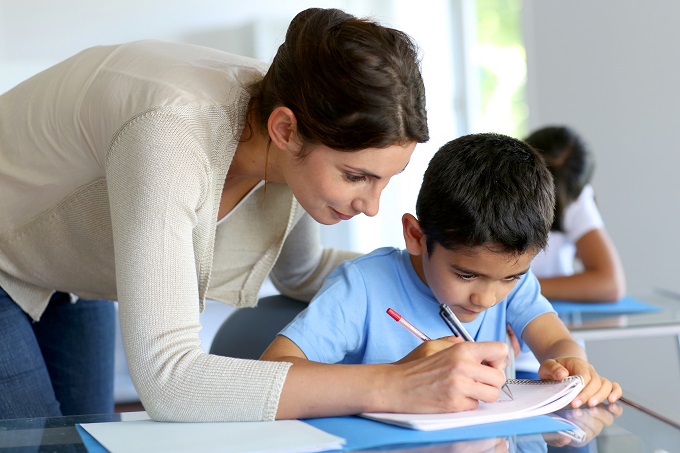Op-Ed: Lockdown reveal about child abuse reporting
A drop in reports to Oranga Tamariki during lockdown reflects that often it is teachers who notice and report child abuse or neglect, writes Briar O’Connor.

For many students, returning to the familiarity of school and the company of friends post-rāhui (post-lockdown) will be welcomed. Sadly, for some, this return will be welcomed because, temporarily at least, it removes them from witnessing or receiving violence or abuse in their bubble.
This is the case for students from all communities, not only lower- or no-income households which are those usually highlighted in the media as being the site of family harm.
Families may have undergone changes during the rāhui that have created additional stresses. Some may be encountering unexpected cases of hardship due to employment changes. Who would have expected airline pilots in February to be stacking supermarket shelves in April? All the pressures of the past months might provoke violent responses in families where it’s never happened before.
Media reports of a dramatic drop in reports of concern to Oranga Tamariki during the past month have suggested this might be because children have not been at school. Why? Because often it is teachers who notice and report child abuse or neglect.
The link between the drop in reports and the closure of schools highlights the importance of all school personnel being skilled in identifying and responding to suspicions of abuse or neglect.
Since The Children’s Act 2014, schools must have publicly available child protection policies that include clear procedures to follow when a person suspects or uncovers child abuse or neglect. Most school websites indicate they have this in place. But having a policy in place doesn’t mean people know precisely what to do should they be confronted with a suspected or actual case of abuse.
Despite its importance, it’s a tricky policy to embed into a school’s practices. Many school policies can be put into practice easily, such as a sunhat policy. Compliance with hat-wearing is obvious, reminders can be easily given to the child, their family, and across the staff to ensure everyone stays sun-safe. Not wearing a sunhat might be due to poverty or to an absent-minded child who loses it regularly and both reasons can be subtly investigated. Either way, a solution can be quite readily offered: have spare hats at school or designate shaded spaces as ‘no hat’ play areas.
Child protection policies and procedures are different. While we all want to ensure children are safe, enforcing it is subjective. On top of the myriad decisions a teacher makes every day: is that child’s change in behaviour due to undiagnosed eyesight or hearing issues, or low reading comprehension? Teachers are expected to consider the possibility of it being due to abuse or neglect: is it because they are being left alone, kept hungry, afraid of violence? And while caring for each child’s well-being and safety is an integral part of teaching – as indicated by its inclusion in the Teaching Standards – little training is provided in precisely what this involves.
Suspicions or disclosures of abuse are rarely consistent, and no one can prepare themselves for every possibility. Staff question themselves: What if I say the wrong thing if a child comes to me? What if I’m wrong and the unusual behaviour I’ve witnessed is not due to abuse or neglect? Will making a report break down the relationship I have with the family? Self-doubting questions like these can stop the actions needed to keep children safe.
Now is the time to prepare all staff on how to respond should abuse be suspected or confirmed. Learning what to say and do next are rarely practised before being needed, but it is essential to ‘get it right’ when confronted with child abuse or neglect.
As schools begin to return, boards need to take responsibility for reviewing their policies. This requires more than re-reading the document. Dedicated time is needed to go through the procedures so everyone understands what their role is, what to say – or not, how to actively listen, and of course, how to take their concerns to the next level, being clear on who this is to, and what this entails. Deliberate and systematic review of the policy and associated procedures should help prepare adults to assist a child needing help.
All the school’s personnel need to participate. Many non-teaching personnel such as ground staff, or even regular relievers, do not routinely attend staff meetings. Teacher aides’ hours are limited and their paid hours don’t usually include staff meetings. Other adults, such as itinerant teachers of music or volunteers running clubs, who spend time one-on-one or with small groups of students, should also be included in the training so they are clear about each school’s procedures. Therefore, training on child protection policies and procedures needs to be scheduled at a time when everyone can attend, before schools fully reopen.
These Covid times are calling for changes. One significant change would be embedding regular, active revision of child protection policies and procedures in every school.






